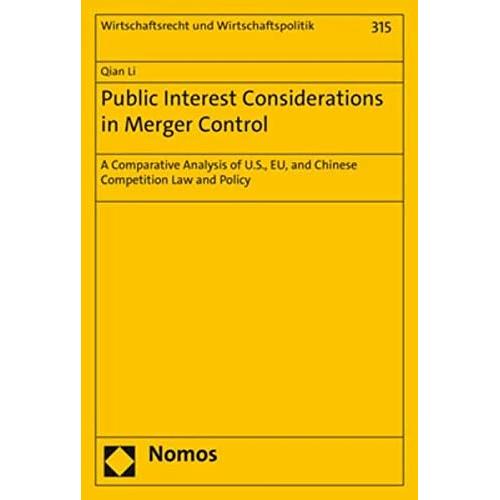

Disserta, Fachbücher, Nonlinear Traction Control Design for Parallel Hybrid Vehicles (Englisch, Alexander Zech, 2021)
67,50 €
Textprobe:Kapitel 1.2.1. Traction Control:For a better overview of existing control structures, these will be categorized first. In general controllers can be classified by three main characteristics: the control input the control method and the control output. Many works on traction controllers can be classified by these categories. First the latter category will be addressed. Early works [125, 69] deal with throttle control to reduce the torque output of a gasoline engine since the torque was directly controlled through the throttle valve position. This used to be the only relevant actuating variable. Today many additional actuators have been implemented, to enhance power as well as lower fuel consumption. These are for instance turbo charging, fully variable valve, ignition timing etc. [13, 89, 12]. Controlling all at once would make the task unnecessarily complicated. For this reason, the torque-driven-control [42] of automotive motors has been widely implemented. The driver or control systems simply request an output torque making the control task easier. All highly nonlinear actuators are controlled separately to generate the requested torque depending on the operating point as well as satisfying further objectives. The controls of electric motors in the automotive industry operate similarly enabling the use of scalable functions and controllers across technologies. Again, simply a desired torque is requested on the upper level and underlying controls regulate the current to generate the torque. These controls let the combustion engine as well as the electric motor behave like a linear filter with a time delay, see section 3.3.4. For this reason, only traction control systems that output a torque request are considered for this classification. Much research on traction control is addressed to electric vehicles since these have been and still are a major trend in the automotive industry. The overall classification presented in the cited research works though may also apply to vehicles driven by combustion engines due to previously described reasons. Ivanov et al. and Ewin give a clearly presented overview of the state-of-the-art traction controller structures classifying controllers based on the control input on the upper level. The subgroups differentiate between the control methods. Traction controllers are divided into two main groups, Torque-Based Methods and Slip-Based Methods [36, 65]. The first consists of model following control and maximum transmissible torque estimation. Slip-based methods are divided into two subgroups by Ewin [36], methods without the use of vehicle velocity and direct slip control. However, recently another subgroup of slip-based 5 methods, speed-based slip control, gained attention from the automotive industry [37, 58, 66, 129, 33]. In this thesis slip-based methods will be extended by speed-based slip control methods. The difference between torque and slip-based methods is that the latter track a desired slip value whereas torque-based methods regulate the slip without a specific setpoint. Therefore a differentiation between the control inputs on the upper level and control method on the lower level has been addressed in this classification. De Pinto et al. sort traction controllers by another characteristic the addressing of elastic driveshafts [103].
Deine Shops für beste Deals

Galaxus
Logge dich ein für Coupon Details














